 The “Field to Fork Wednesday Weekly Webinars” will begin Feb. 21, 2024. The webinars will be held online from 2 to 3 p.m. Central Time through May 1. They also will be archived for later viewing; however, participating in the “live” webinar allows participants to interact with the presenter.
The “Field to Fork Wednesday Weekly Webinars” will begin Feb. 21, 2024. The webinars will be held online from 2 to 3 p.m. Central Time through May 1. They also will be archived for later viewing; however, participating in the “live” webinar allows participants to interact with the presenter.
The webinars are free of charge but registration is required.
Check out the webinar schedule to see the topics to be presented.
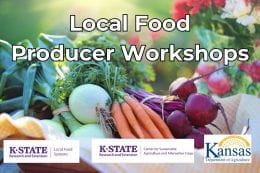
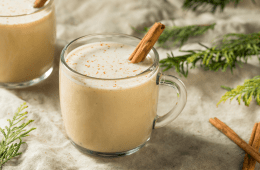
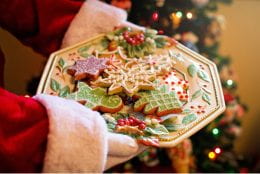
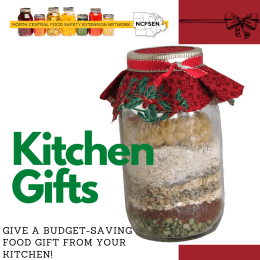 Gifts from the kitchen are popular and can be easy gifts for guests, neighbors, co-workers and others. Here are some resources to put together a quick gift in a jar from soup mixes to cookie mixes.
Gifts from the kitchen are popular and can be easy gifts for guests, neighbors, co-workers and others. Here are some resources to put together a quick gift in a jar from soup mixes to cookie mixes.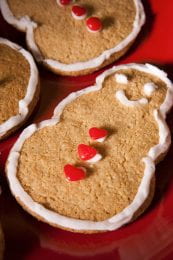
 The following K-State Research and Extension publications have been recently updated in both English and Spanish:
The following K-State Research and Extension publications have been recently updated in both English and Spanish: